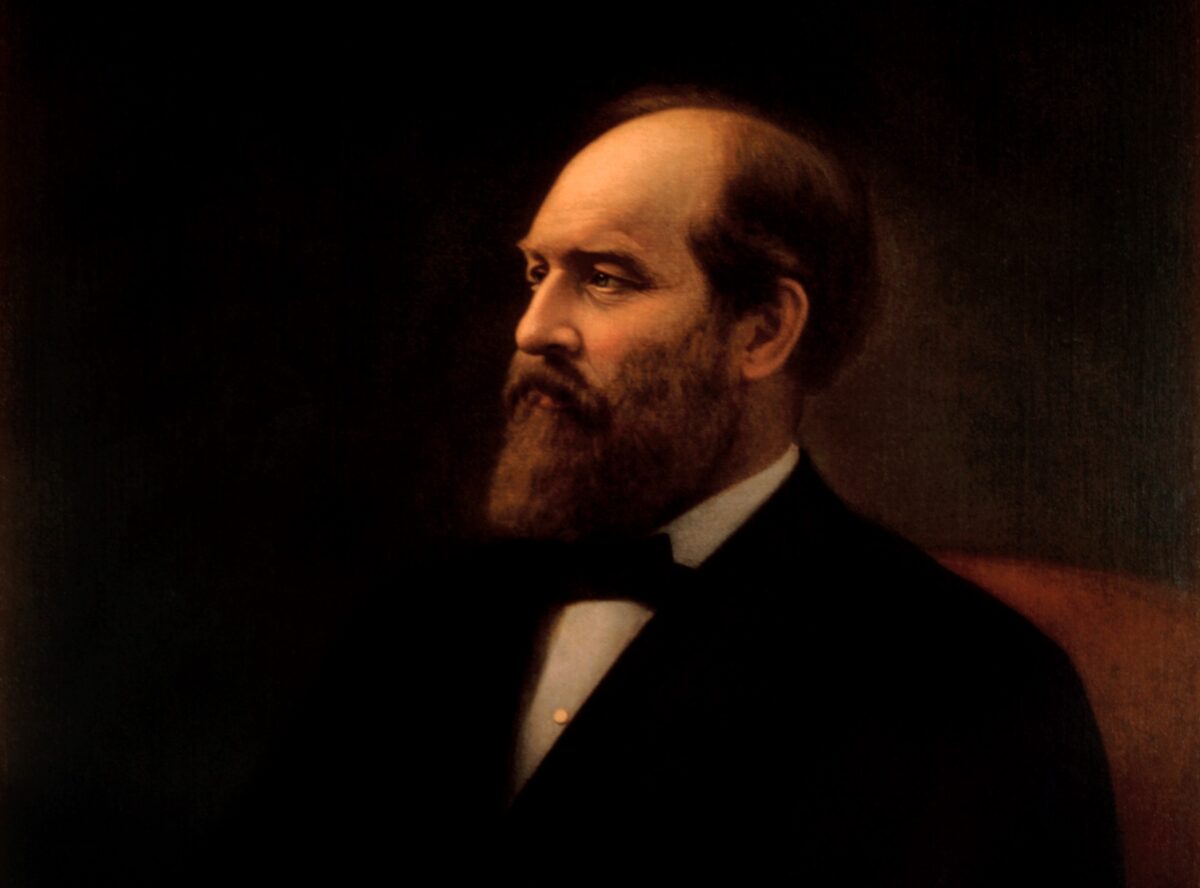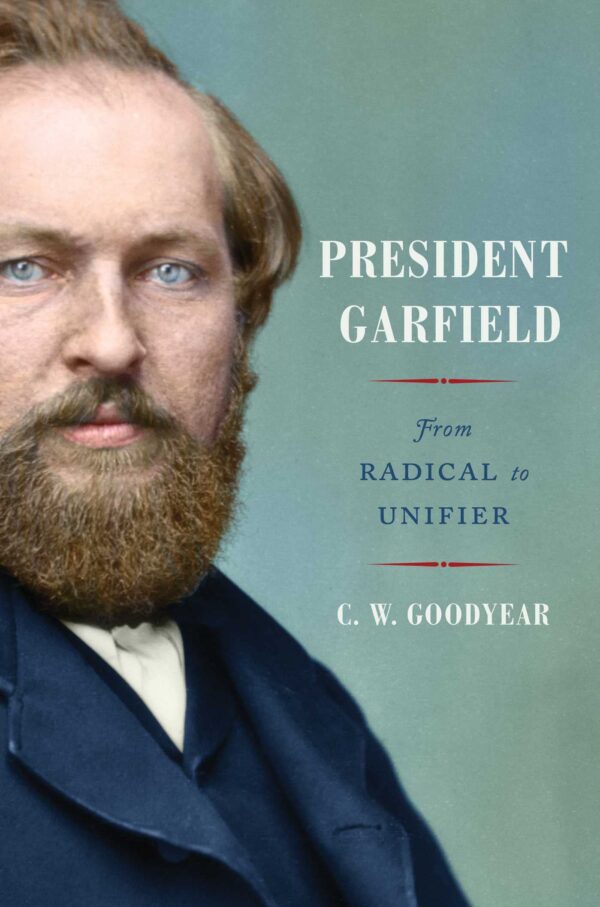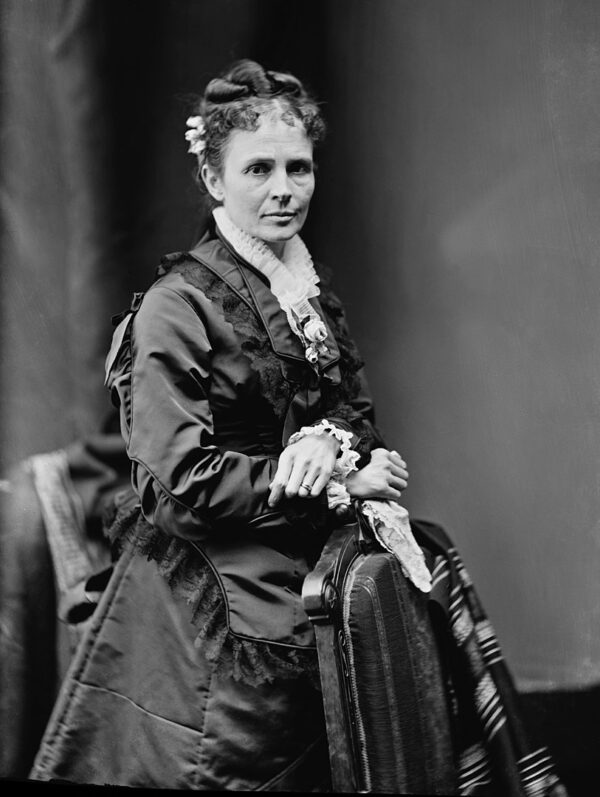


James A. Garfield, the 20th president, only lasted 200 days in office before an assassin’s bullet ended his tenure. Aside from being fateful, his presidency may seem all but forgetful. This may be true. But there was a life that led to that presidency and the egregious moment on July 2, 1881; and it is a life so tremendous and inspiring that its near dissipation in the American memory is a disservice to moderns.
C.W. Goodyear has written a triumph of a biography on the great statesman, and indeed he proves that Garfield deserves to be termed as such.
The greatness of Garfield’s statesmanship was infused less by his education and more by his work ethic. Indeed it was the latter that ensured the former. Goodyear notes that Garfield was a man aware of his impoverished upbringing, and that it was a driving force behind his educational, intellectual, and political pursuits. That upbringing, founded with strong Christian roots, also formed a lovability. He had a charm that was gravitational to young and old, and it was a genuine charm. Goodyear chronicles his times as a school master, a field officer, and a political figure where people, even in their disputes, could hardly find reason to dislike him. He was, as Goodyear makes clear, a rarity.
Possibly the rarest is the seeming contradiction of a man who reached the nation’s highest political office, yet went out of his way to spurn personal ambition. Like any worthy historian and biographer, Goodyear’s due diligence in research proves that the future president wished his motives to be clear. This sense of propriety, especially as a man who relied on the opinion of his constituencies (from state legislator to House member to president), was elevated the closer he moved to the most powerful positions.
His sense of duty to country, and even to his fellow political figures, would pilot his decision-making―even when those decisions seemed counter to promotion (like refraining from opting for an open Senate seat).
Goodyear’s biography follows the course of Garfield’s life, often through his relationships. As a man prone to friendship, there are many long-lasting relationships―political and otherwise.
His marriage at the beginning appears practically loveless, at least from Garfield to Lucretia Rudolph. For the first few years, Garfield is so standoffish and caught up in the politics of the era that he seems nothing less than cold to his wife. It has all the makings of a marriage of convenience that appears to be an inconvenience for Garfield and a sad circumstance for Lucretia. Goodyear, however, threads this love story so well into the overarching narrative of Garfield’s political rise, that the reader still experiences the growth and ultimate flourishing of a marriage—a marriage that survives an extra-marital affair and results in Garfield’s absolute need for his “Crete.”
His devotion to his country is hardly expressed better than his desire to engage in the Civil War. He ends his time in the military as a Union hero and a major general. As aforementioned, his almost excessive sense of propriety nearly thwarted his return to politics, as he wished not to be seen as one wishing to leave the battlefield for the peace and security of the political aisle.
One of his great political relationships was with Sen. James G. Blaine, which began on uncertain footing and ended with Blaine as his secretary of state, as well as the man next to him the moment he was shot.
Along with his working relationships with local, state, and federal politicians, Goodyear conveys the political inner workings of the late 19th century in spectacular detail, including Garfield’s work as the chairman of the Banking and Currency Committee to fighting for reforms on the Ku Klux Klan Act (which he got) to his disagreements with presidents Ulysses S. Grant and Rutherford B. Hayes (in which he was typically proven correct), as well as a few scandals such as forging the signature of an Indian chief, the Crédit Mobilier scandal, and the “Salary Grab” of 1873. With most, but not all of the scandals, modern readers might find themselves wishing that today’s politicians kept their noses so clean.
Of course, the book works chronologically toward the assassination (Goodyear does a fine job literarily keeping the assassin lurking in the background, just he did in real life), but it would be remiss to not compliment the author’s engaging work on the political backstory of the 1876 election, as well as Garfield’s election run. This began with him as a mere delegate (and a sitting House member) with the sole purpose of nominating Blaine.
How Garfield winds up as the candidate for the Republican Party (and ultimately the winner of the 1880 election) simply puts into concrete form what Goodyear pronounces throughout the biography: Garfield was a man of dignity and integrity who had earned the respect and the love of his fellow citizens, even those on the other side of a very contentious political aisle.
“President Garfield: From Radical to Unifier” is a presidential biography that should be heralded and will hopefully maintain a significant place among the great presidential biographies. Not simply because it is so well done, but also because it is about a man and a time that is so often overlooked: an era caught between the drama of the Civil War and the excitements of the turn of the 20th century.
Goodyear has placed a literary stake in the ground, or perhaps more fitting, a literary monument that will help us remember a great man whose time was ended far too soon, yet whose life and death helped unify a country in need of healing.
‘President Garfield: From Radical to Unifier’
By C.W. Goodyear
Simon & Schuster, July 4, 2023
Hardcover: 624 pages


